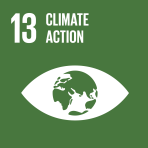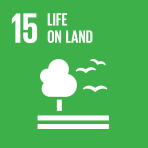- Home
- Books
- Words into Action Guidelines Implementation Guide for Addressing Water-Related Disasters and Transboundary Cooperation
- Chapter
Understanding the risks and hazards

- Author: United Nations
- Main Title: Words into Action Guidelines Implementation Guide for Addressing Water-Related Disasters and Transboundary Cooperation , pp 41-53
- Publication Date: June 2019
- DOI: https://doi.org/10.18356/f341cff9-en
- Language: English French, Russian
Understanding the risks of water-related events means looking at the probability and severity of certain events and the damage it will do. In general, models are used to calculate the impacts of an event, especially in flood mapping. In addition, climate change impacts are incorporated into climate change models and scenarios, which are used to project the frequency and severity of events in the near and distant future. The results are then incorporated into the effect models. Coupled with land use maps and socioeconomic data, the overall damage can be predicted. The resulting risk is a function of the magnitude of the hazard, the exposure of human activities to the hazard, and the vulnerability of the elements at risk (see 5.4.1). Nonetheless, climate change can drastically change hydrological circumstances. For instance, receding glacier catchments can change drastically as a result of climate change, like the receding Kaskawulsh glacier in 2016 that caused the Slims River to dry up while the meltwater was diverted over a period of only four days in a change called “river-piracy”. The water now flows into the Gulf of Alaska instead of the Bering Sea
-
From This Site
/content/books/9789210474054c009dcterms_title,dcterms_subject,pub_keyword-contentType:Journal -contentType:Contributor -contentType:Concept -contentType:Institution105



